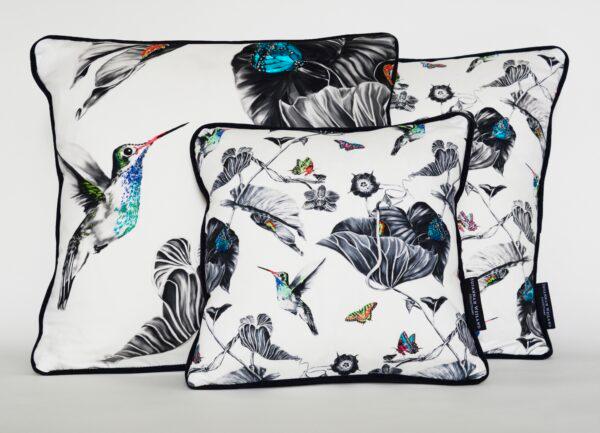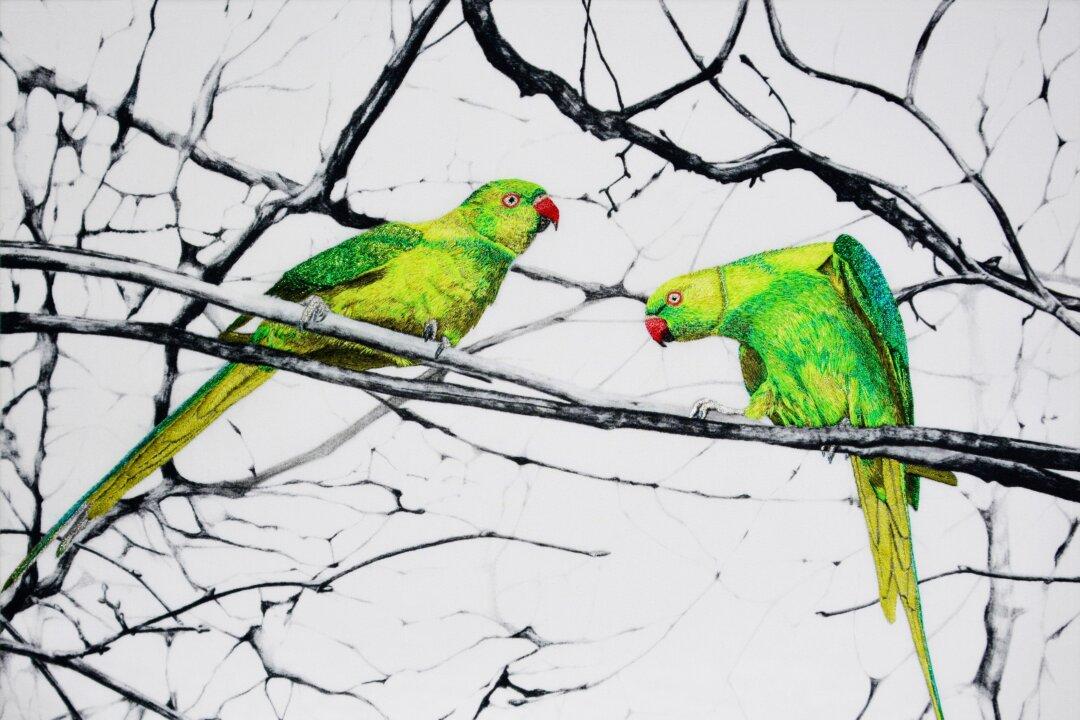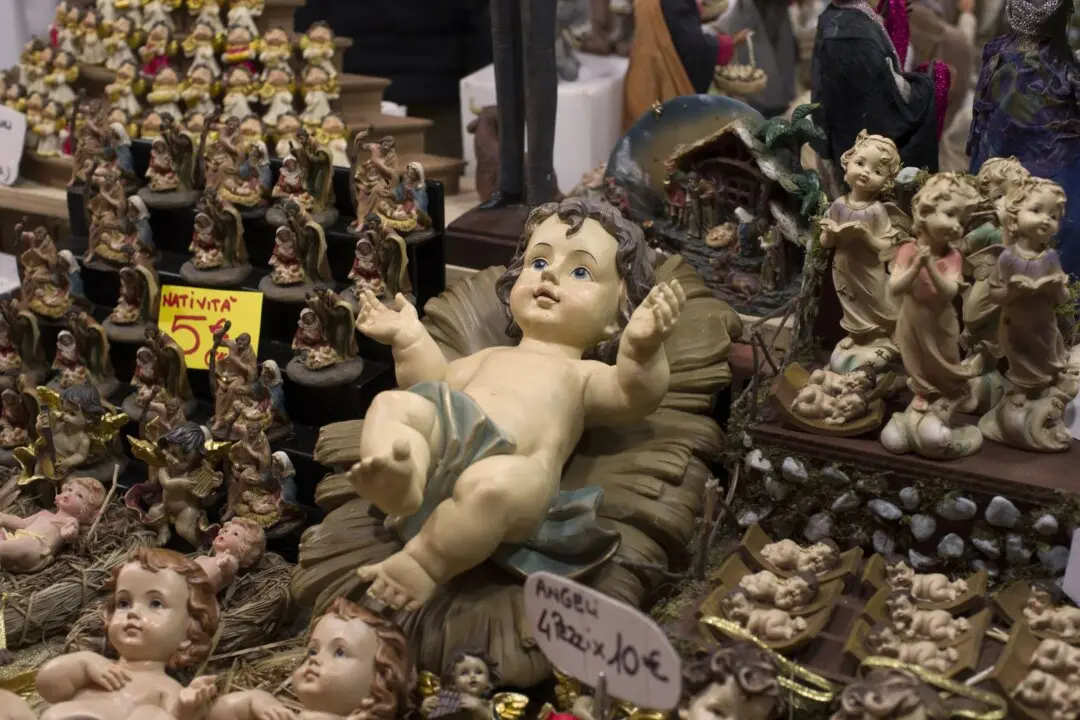London’s the last place you’d think of when looking at hand embroidery artist Susannah Weiland’s homeware designs. Hummingbirds hover between orchids and angel trumpet flowers, peacocks pose among pagodas and park benches, and brightly colored frogs leap between lily pads and giant lotuses.

"Multi Hummingbirds" cushions, 2017, by Susannah Weiland. Hand embroidered, one-of-a-kind cushions. Pencil drawing printed onto cotton sateen; color hand-stitched with matte, silk, and metallic fine machine embroidery threads and seed beads; black velvet back and piping. Susannah Weiland






